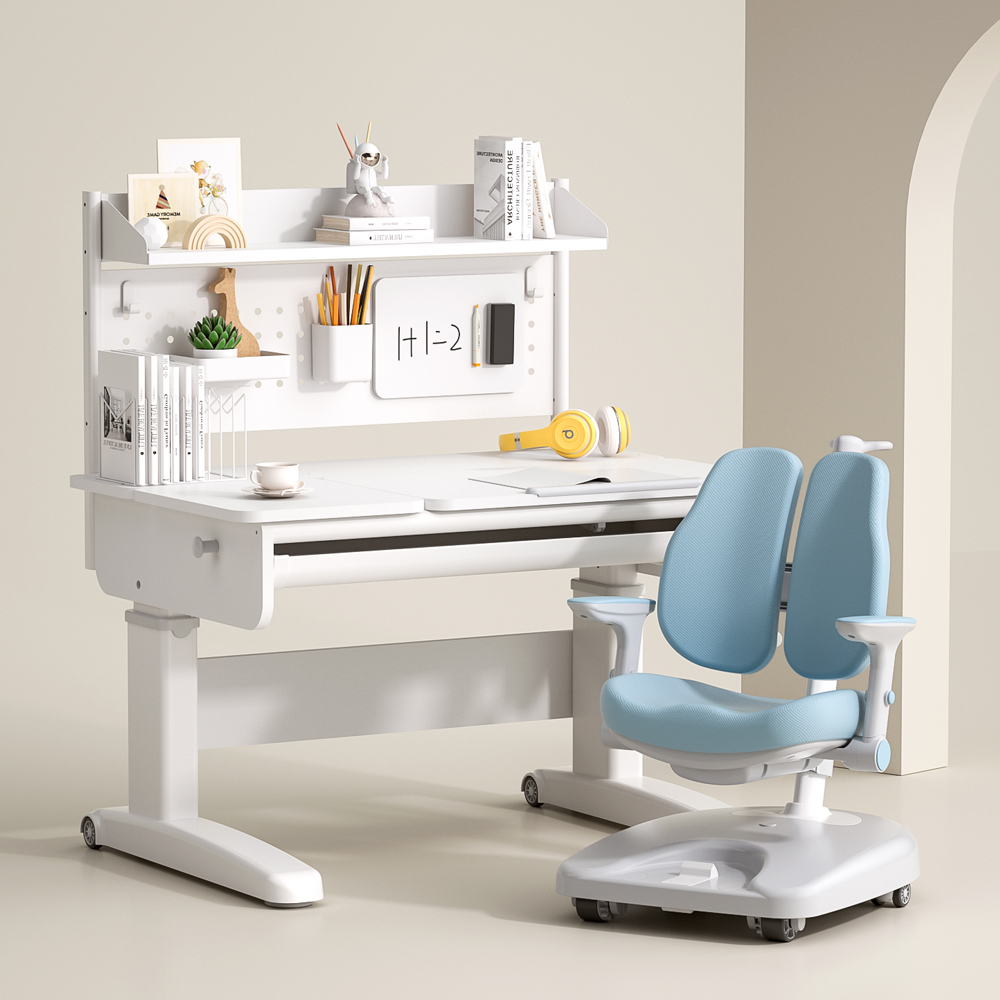Crafting the Perfect Ergonmic Learing Environment for Children
In the pursuit of nurturing a child's growth, the significance of a well - structured learning environment cannot be overstated. Integrating ergonomic principles is not just a design choice but a crucial strategy for promoting both sitting posture correction and learning efficiency. This article delves deep into the realm of ergonomics, exploring its application in educational spaces, offering a comprehensive guide to ergonomic children's study desks and chairs, and providing practical steps to design an optimal ergonomic learning environment.
Ergonomics in Educational Spaces: The Foundation of Comfort and Focus
Lighting is another critical ergonomic factor that significantly influences learning efficiency. Natural light is the ideal choice, as it reduces eye strain and enhances mood. When natural light is limited, artificial lighting must be carefully selected. Task lighting, such as a well - positioned desk lamp, provides focused illumination for reading and writing, while ambient lighting creates a warm and inviting ambiance. By avoiding glare and ensuring even light distribution, we create an environment where children can study for extended periods without discomfort, thus boosting their learning efficiency.

A Comprehensive Guide to Ergonomic Children's Study Desks and Chairs
Material selection also plays a significant role. Opt for desks and chairs made from high - quality, durable, and eco - friendly materials. Solid wood desks not only offer sturdiness but also a touch of elegance, while chairs with breathable upholstery enhance comfort, allowing air circulation and preventing sweat buildup.

Designing Your Ideal Ergonomic Learning Environment
In conclusion, crafting an ergonomic children's learning environment is key to promoting both health and learning efficiency. By leveraging ergonomic principles in educational spaces, carefully selecting ergonomic children's study desks and chairs, and customizing the study area, we can facilitate sitting posture correction, reduce physical discomfort, and Improve Learning Efficiency. An ergonomic setup is not just furniture arrangement; it's a holistic approach to creating a nurturing space where children can thrive.

